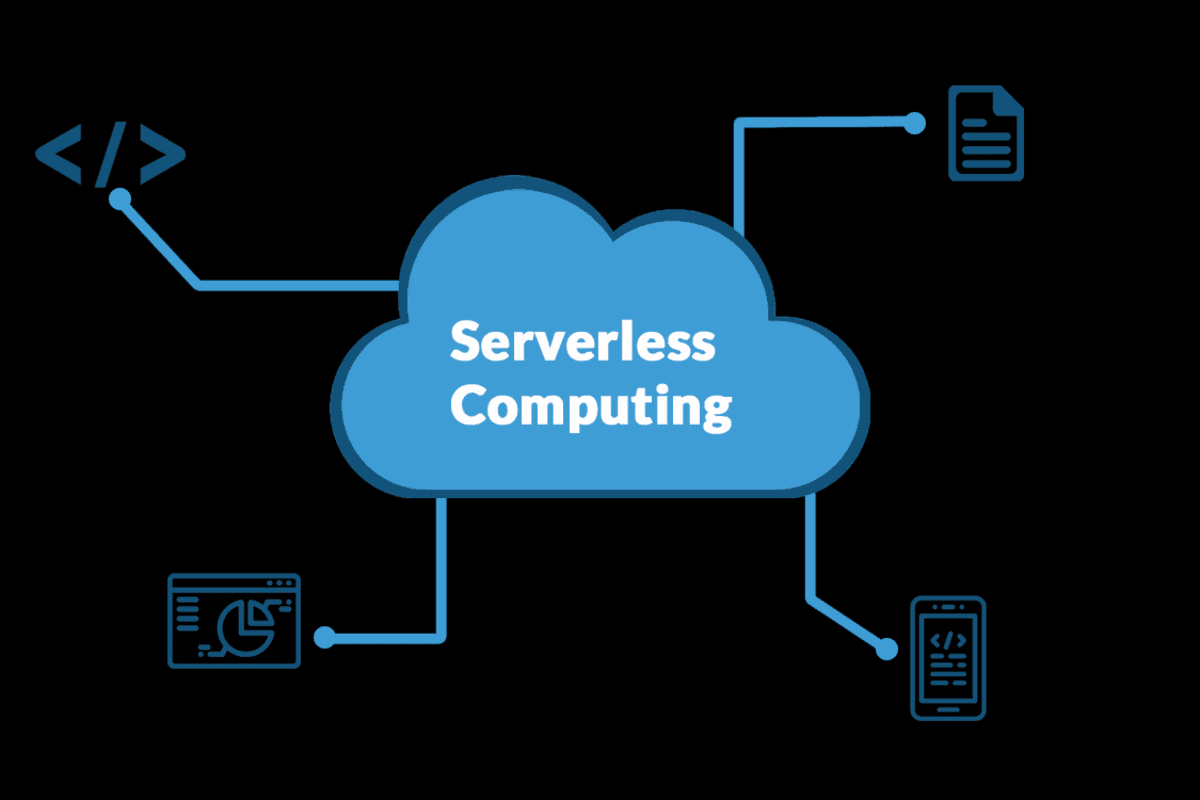
Why Serverless Computing Is The Future Of Cloud-Native Applications
In recent years, serverless computing has emerged as a popular approach to building cloud-native applications. This innovative technology has been touted as the future of cloud computing, with the potential to revolutionize the way we build, deploy, and scale applications. In this blog post, we will discuss the reasons why serverless computing is the future of cloud-native applications.

First, let’s define what we mean by serverless computing. Serverless computing is an execution model where the cloud provider dynamically manages the allocation of computing resources to execute code in response to incoming requests. This means that developers don’t need to provision, manage, or scale any servers. Instead, they can focus on writing code and delivering business value.
Now, let’s dive into why serverless computing is the future of cloud-native applications:
Cost savings: One of the primary advantages of serverless computing is cost savings. With serverless computing, you only pay for the actual execution time of your code, rather than paying for idle resources. This means that you can save a significant amount of money on infrastructure costs. Additionally, since you don’t need to manage any servers, you also save on operational costs.
Scalability: Serverless computing is highly scalable, which means that it can automatically scale up or down in response to changes in traffic. This makes it ideal for applications that experience unpredictable traffic patterns or spikes in traffic. With serverless computing, you can handle any amount of traffic without worrying about provisioning additional servers or managing scaling.
Reduced complexity: With serverless computing, developers can focus on writing code, rather than managing servers. This reduces the complexity of building and deploying applications. Additionally, serverless computing eliminates the need to manage infrastructure, which can be a significant source of complexity.
Faster time-to-market: Since serverless computing simplifies the development process, it can also reduce the time it takes to bring new features to market. With serverless computing, developers can focus on building features rather than managing infrastructure, which can speed up the development process.
Improved reliability: Serverless computing can also improve the reliability of applications. Since the cloud provider manages the infrastructure, you don’t need to worry about server failures or downtime. Additionally, serverless computing can automatically replicate your code across multiple availability zones, which improves the availability of your application.
Increased developer productivity: With serverless computing, developers can focus on writing code, rather than managing infrastructure. This can increase developer productivity and reduce the time it takes to develop and deploy new features.
In conclusion, serverless computing is the future of cloud-native applications. It provides cost savings, scalability, reduced complexity, faster time-to-market, improved reliability, and increased developer productivity. If you’re considering building cloud-native applications, serverless computing should be at the top of your list of technologies to consider.


No Comments